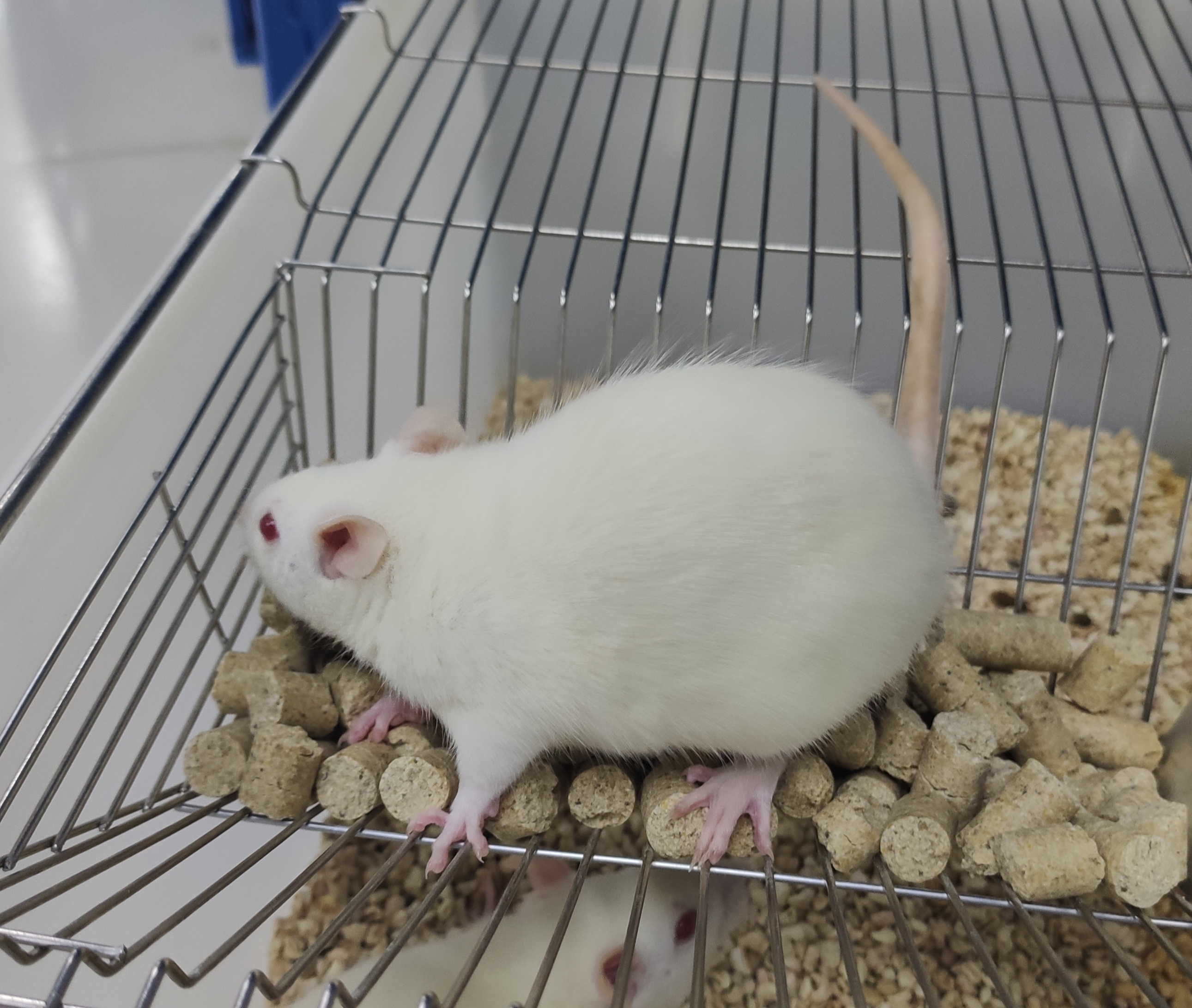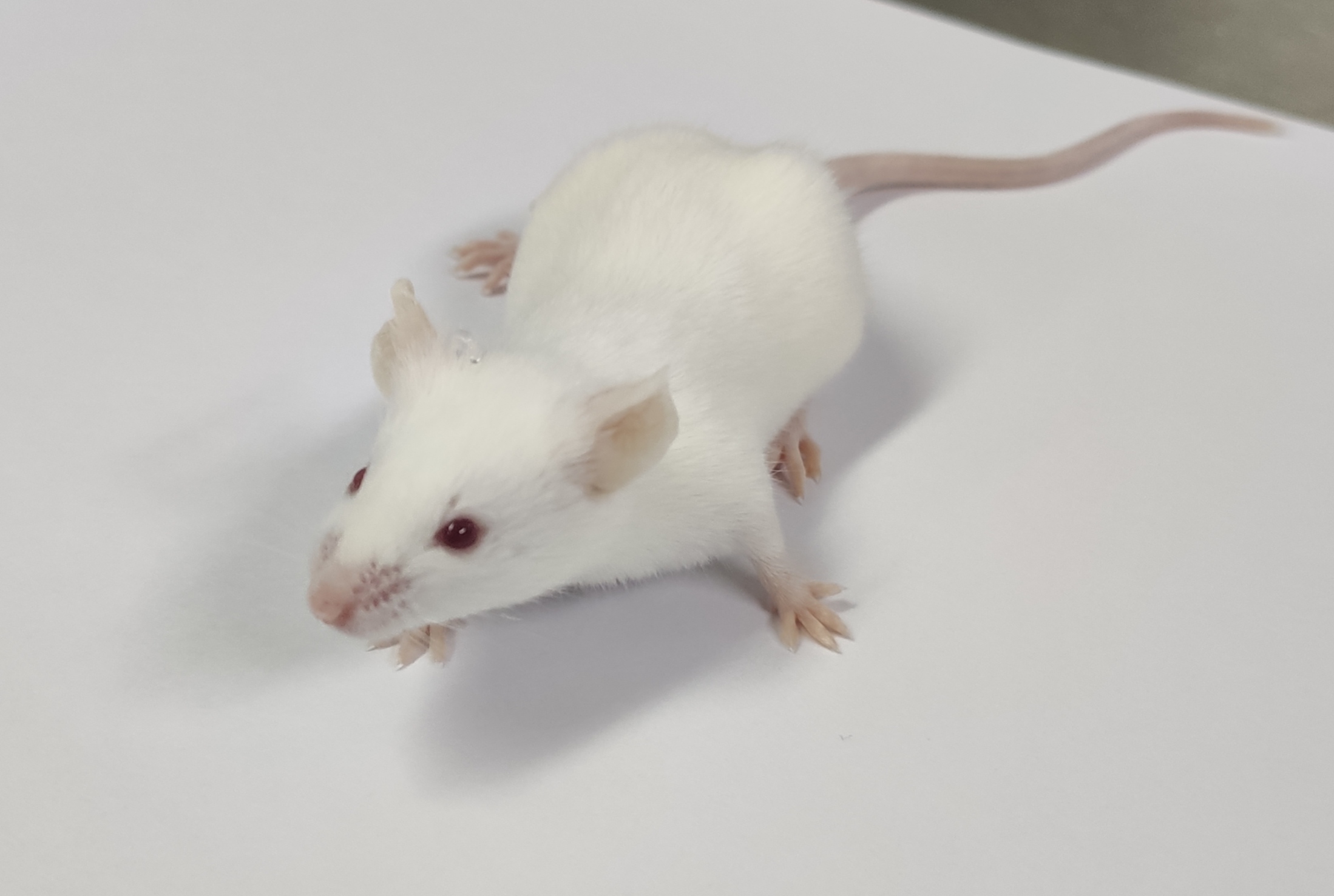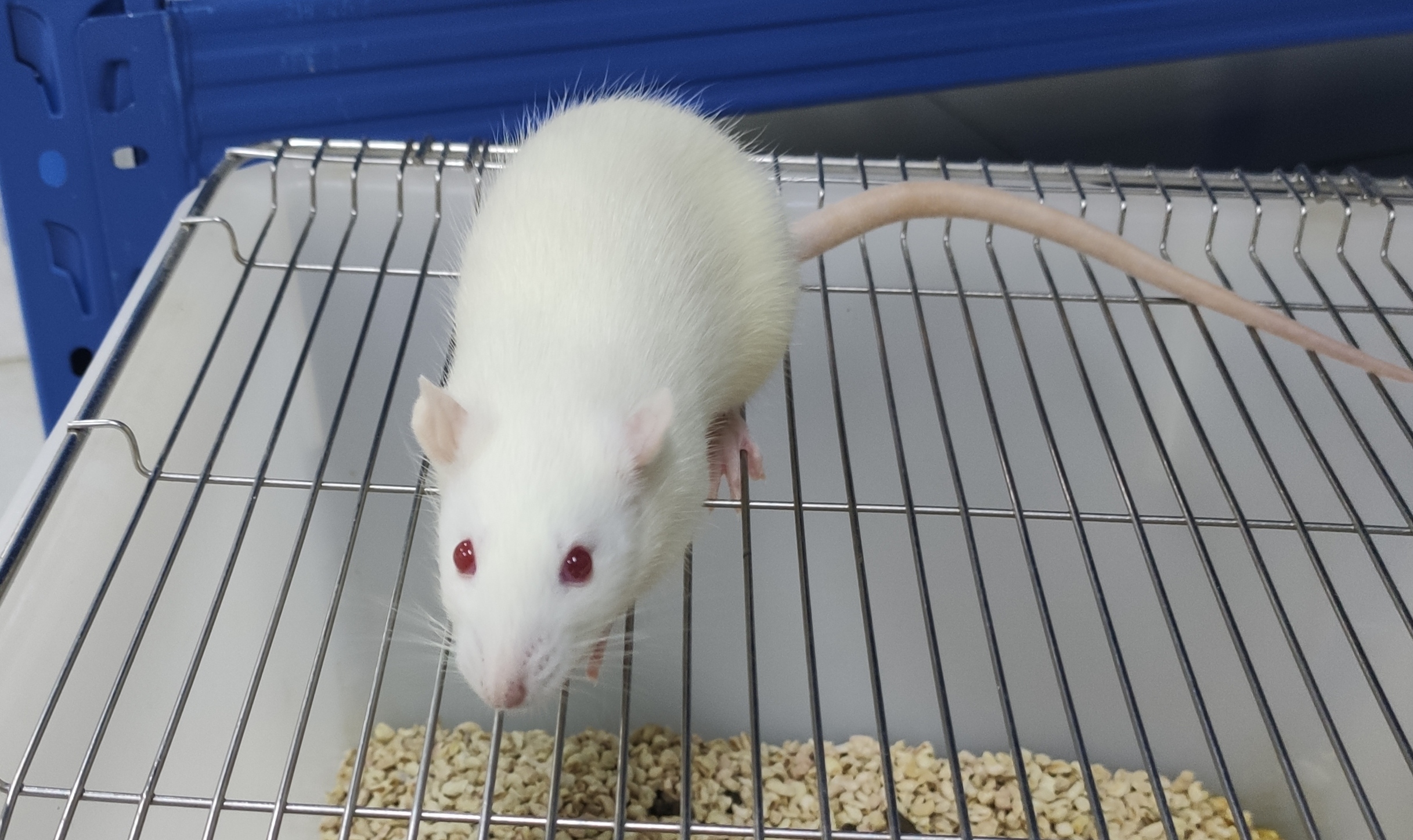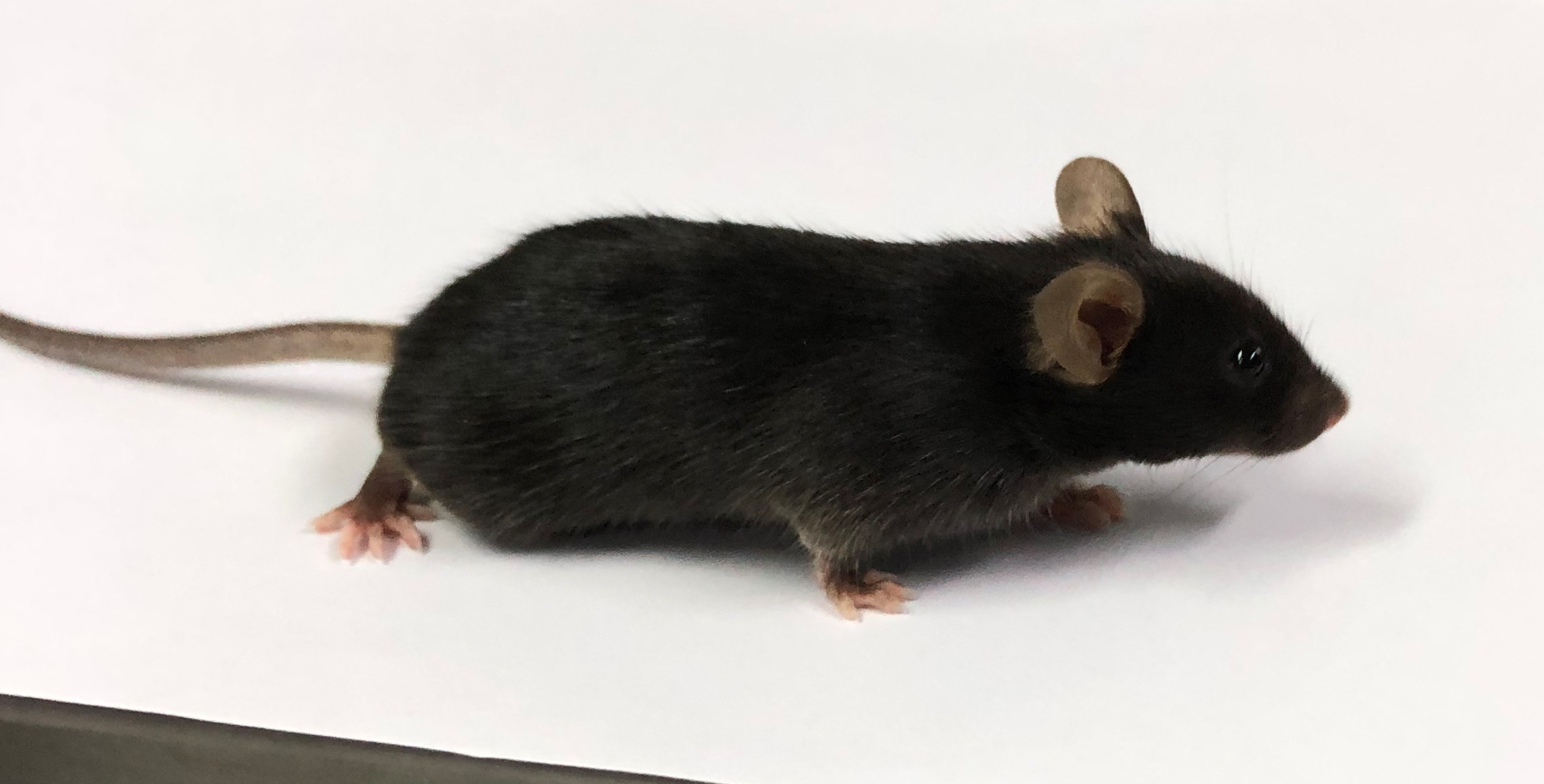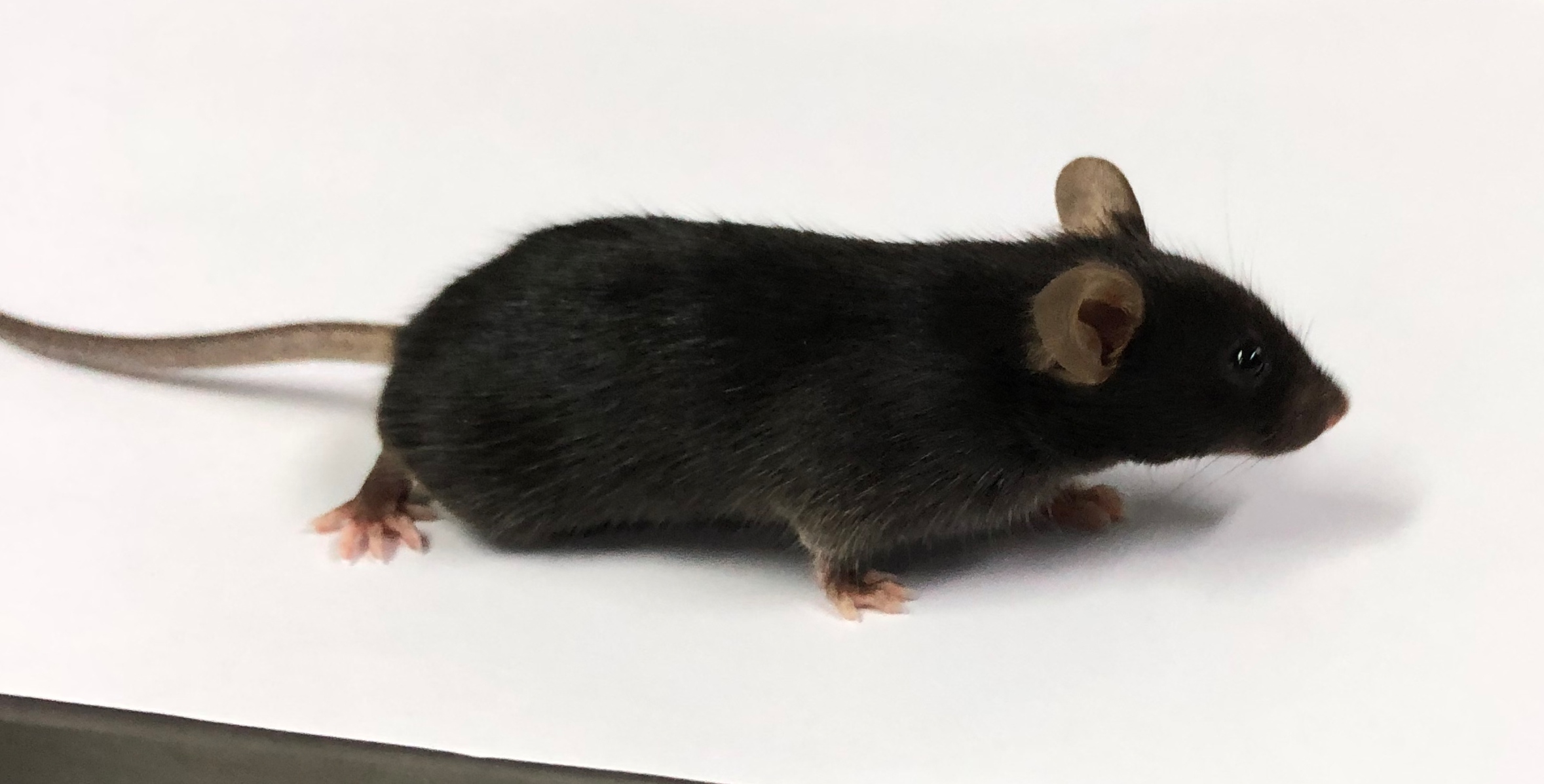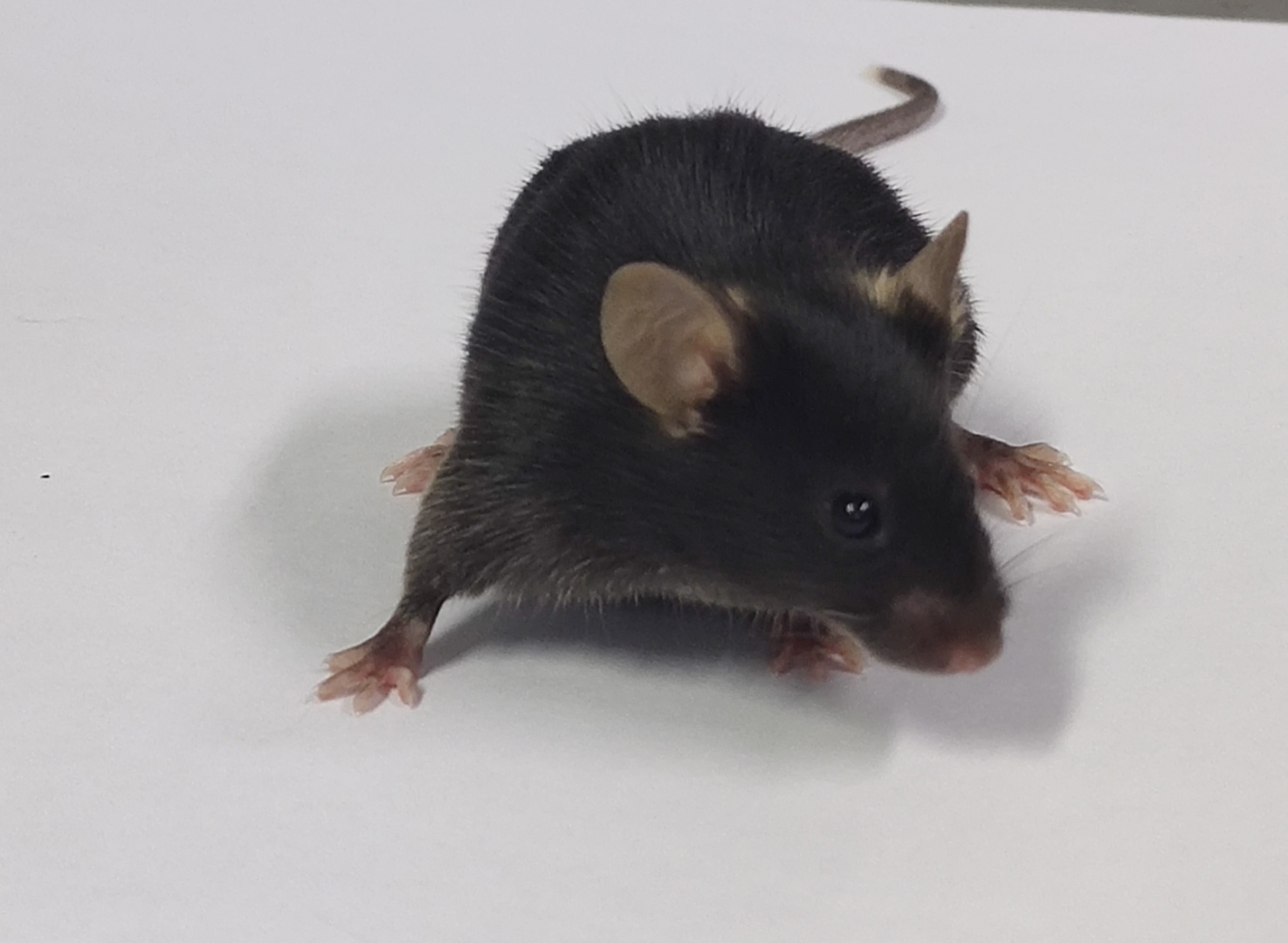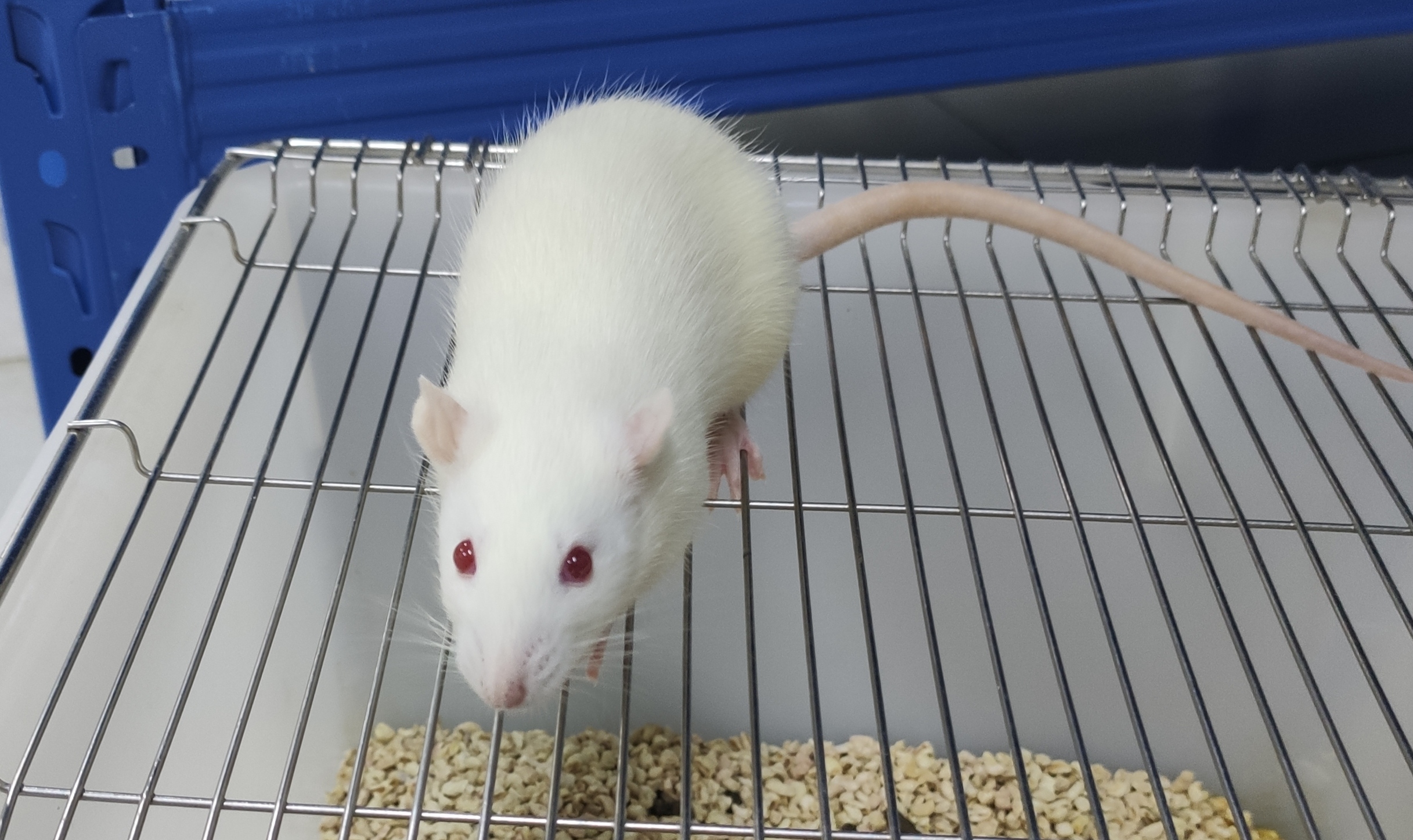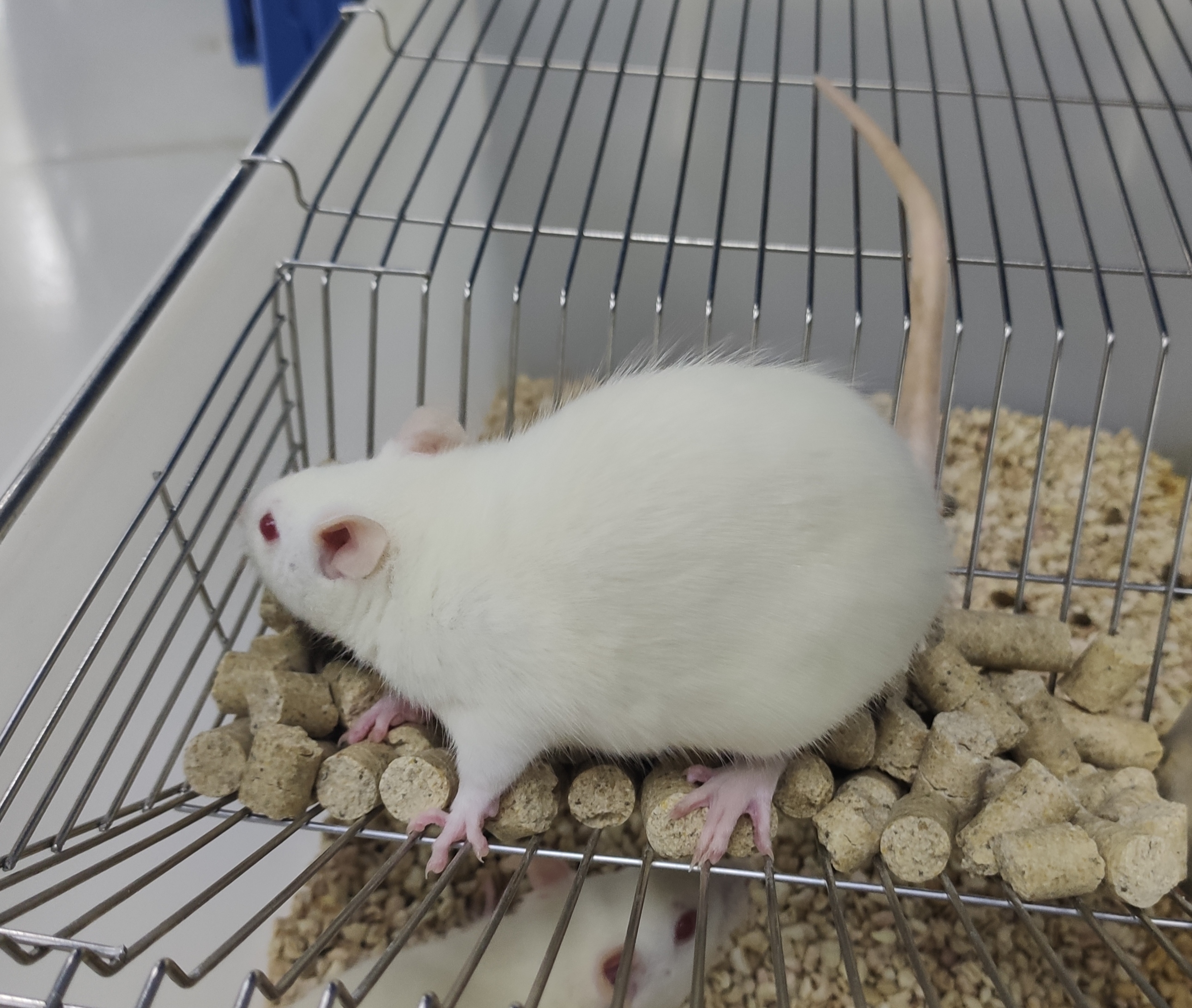Your Current Position: Small animal technology services
-
2024-04-15Ulcerative colitis (UC) is a chronic non-specific inflammation that mainly affects the mucosa of the rectum and colon, with abdominal pain, diarrhea, mucus and bloody stools as the main clinical manifestations...
-
2024-04-15In 1983, Australian scholars Warren and Marshall first isolated Helicobacter pylori (H. pylori) from human gastric mucosa, which is a plasmid free Gram negative bacterium capable of producing toxins...
-
2024-04-15In clinical hepatobiliary surgery, bile duct obstruction and cholestasis are common pathological environments. Prolonged obstruction can induce permanent liver damage and even develop into liver fibrosis and cirrhosis...
-
2024-04-15China is a high-risk area for liver disease, with the development process of liver disease ranging from hepatitis, liver fibrosis, cirrhosis to the later stage leading to liver cancer...
-
Traumatic brain injury and its outcomes are the main causes of disability or death worldwide. Traumatic brain...
-
2024-04-15Artificially overexpressing, knocking out, knocking in, or knocking down one or more genes can cultivate a genetically modified mouse model of hearing loss. Topu Biotech utilized knockout of NKCC1 (+/-) and...
-
2024-04-15Aplastic anemia (AA) refers to anemia characterized by decreased bone marrow proliferation, accompanied by a decrease in whole blood cells caused by...
-
2024-04-15Stroke, commonly known as stroke, includes cerebral hemorrhage, cerebral thrombosis, and cerebral infarction. Among them, cerebral thrombosis accounts for half of all stroke patients and is a common disease among middle-aged...
-
2024-04-15Deep venous thrombosis (DVT) is a thrombus formed in the deep veins, often in the veins deep in the lower limbs or pelvis, and sometimes in the veins of the upper limbs...
-
2024-04-15Sepsis is an imbalance in the host's response to infection, resulting in life-threatening organ dysfunction. It is one of the serious complications of clinical emergencies...

